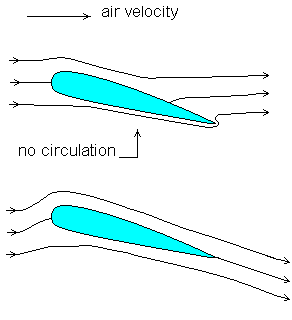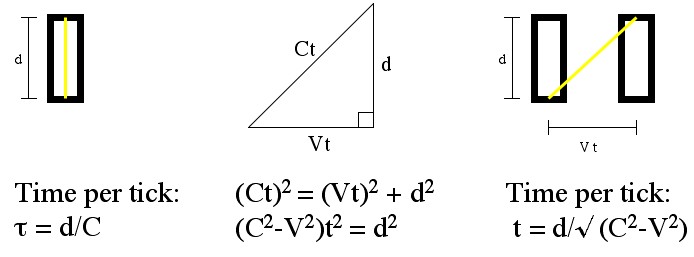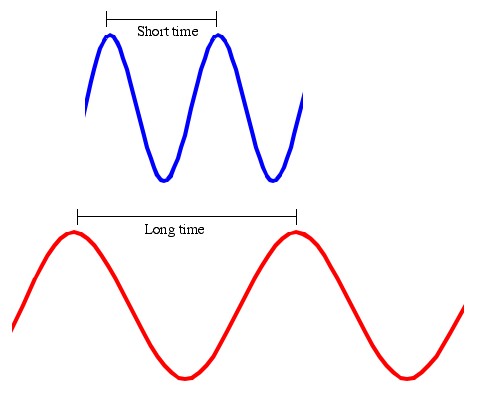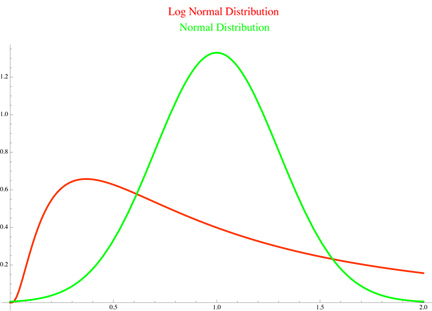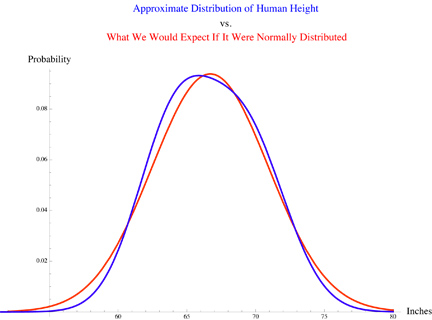Physicist: If you want to get into an argument that drags on forever, you can frame a question like this in terms of consciousness, and the nature of choice, or any number of other ill-defined ill-understood ideas. So consider only the question in terms of determinism;
Q: “does the state of the universe now (and in the past) completely determine the future of the universe and, by inclusion, the future of me?”
Back in the day (classical physics day) the answer could rightly be “yes” or “I don’t know”. However, with the advent of modern quantum mech we’ve managed to make great strides on questions like this. Now we can answer: “yes, no, and kinda”! It’s progress like this that almost makes going back to clipper ships and horse carts worth it.
One of the biggest weirdnesses to come out of quantum mechanics is the idea of “super-position”, which is that a single thing (a particle or whatever) can be in multiple states at the same time (the state of a thing can involve position, speed, orientation, and even how the thing is related to other things). QM allows us to see how all of those states change in time and interact each other. However, any direct interaction with an “undetermined state” will reveal it to be in only one (of its many) state(s). In what follows I’ll use “universe” to mean the universe with just one state (things did happen this way), and multiverse to mean all the states involved simultaneously (with all the interference and what-have-you).
The two ways of looking at this are the “Copenhagen interpretation” (wrong) and the “many worlds interpretation” (right).
“Yes!”: Given complete knowledge of the multiverse’s quantum wave function you can determine the future of that function forever. Unfortunately, this isn’t particularly useful for those of us who live inside the universe. The wave function in question encompasses all possibilities simultaneously and involves plenty of self-interference. For example: when you do the double slit experiment you can calculate exactly what the fringes will look like on the screen, by doing a calculation that assumes that the photons involved go through both slits. However, if you were to instead look a one of the slits, this doesn’t tell you anything about whether or not you will see the photon go through that slit.
(Just a quick note about the link above. “The Secret”, and its creepy brainchild “What the bleep”, are both symptoms of a greater douchiness, but despite their culty bent they explain the double slit pretty well.)
In fact what happens is it goes through both slits, but in turn there are different versions of you that see both outcomes. If you look at the multiverse as a whole (seeing every state) then everything is completely deterministic. If you look at just one tiny piece at a time (like we seem to), then everything seems random.
Essentially, for every choice you can make, there are a whole mess of versions of you (identical up to the moment of choice) that do make that choice. In fact, if your wave function is known completely, then how much (many?) of you goes down any road can be derived. I don’t want to hear anyone saying “but I chose to do that!”, because some (part?) of you had to. But then, some of you had to do every available choice.
“No!”: Part of the Copenhagen interpretation is fundamental, true randomness. There’s no multiverse in Copenhagen (so don’t go flying there to look), so any choice you make is unpredictable (or at least, not completely predictable, there are some pretty reliable people out there) in the sense that no matter how good your fore-knowledge of someone’s wave function, you still can’t make perfect predictions.
It’s seems like there’s enough wiggle room in there to fit some free will.
“Kinda!”: Even if you subscribe to the many world hypothesis you could argue that “dude, who cares?”. You’ll never meet (can’t meet) those other versions of yourself, so what does it matter that, in theory, all of your simultaneous actions are determined in a multiverse-kind-of-way? Doesn’t.

